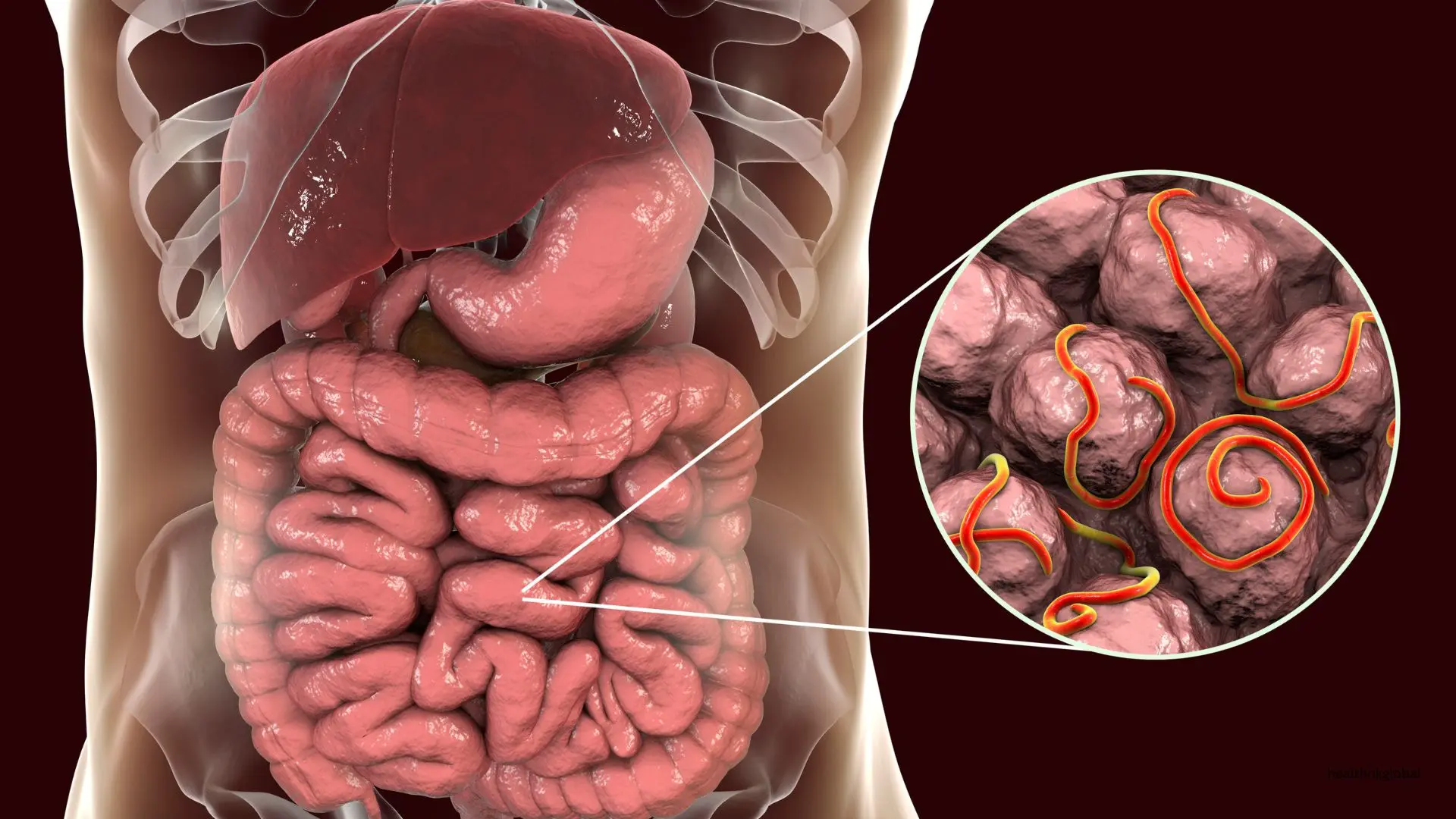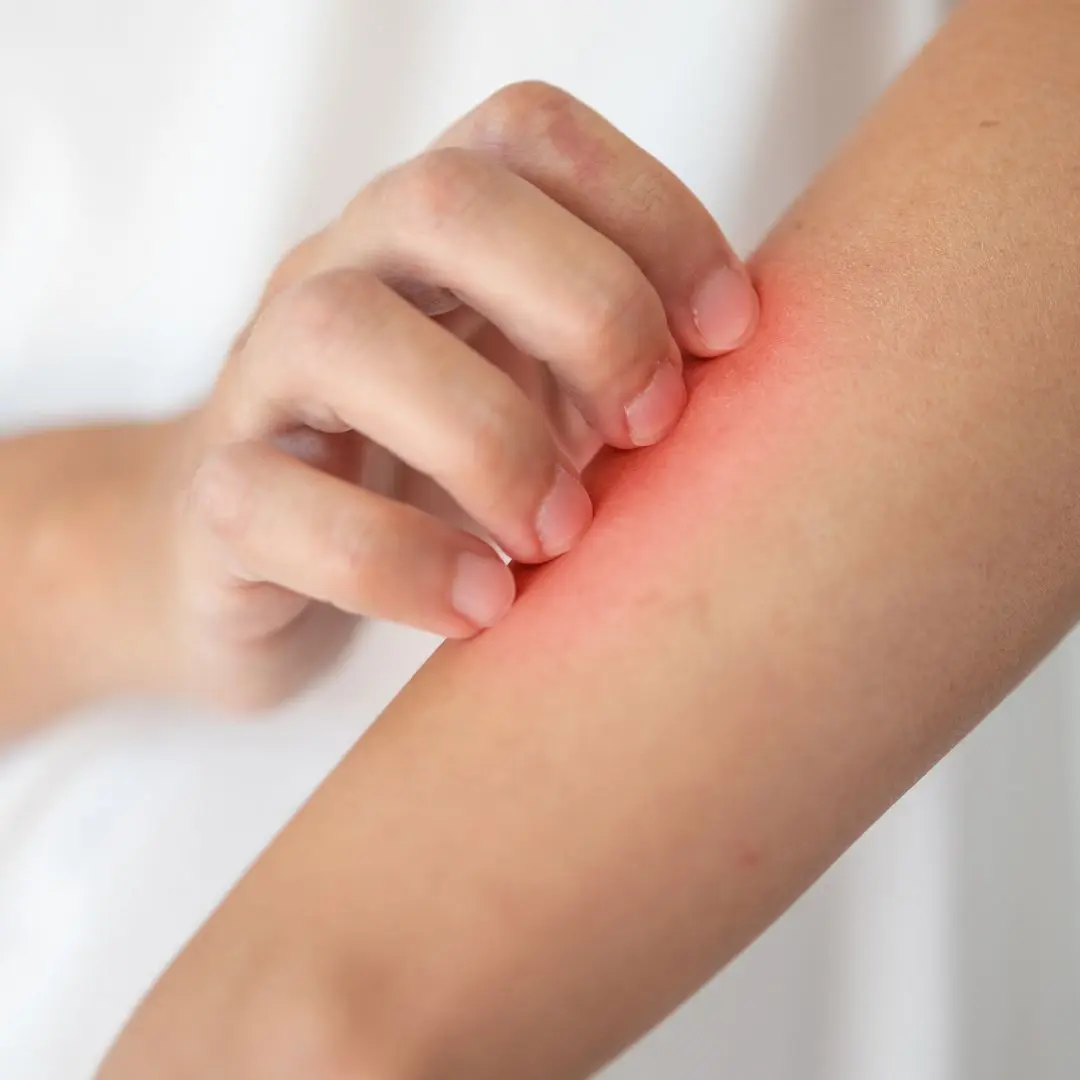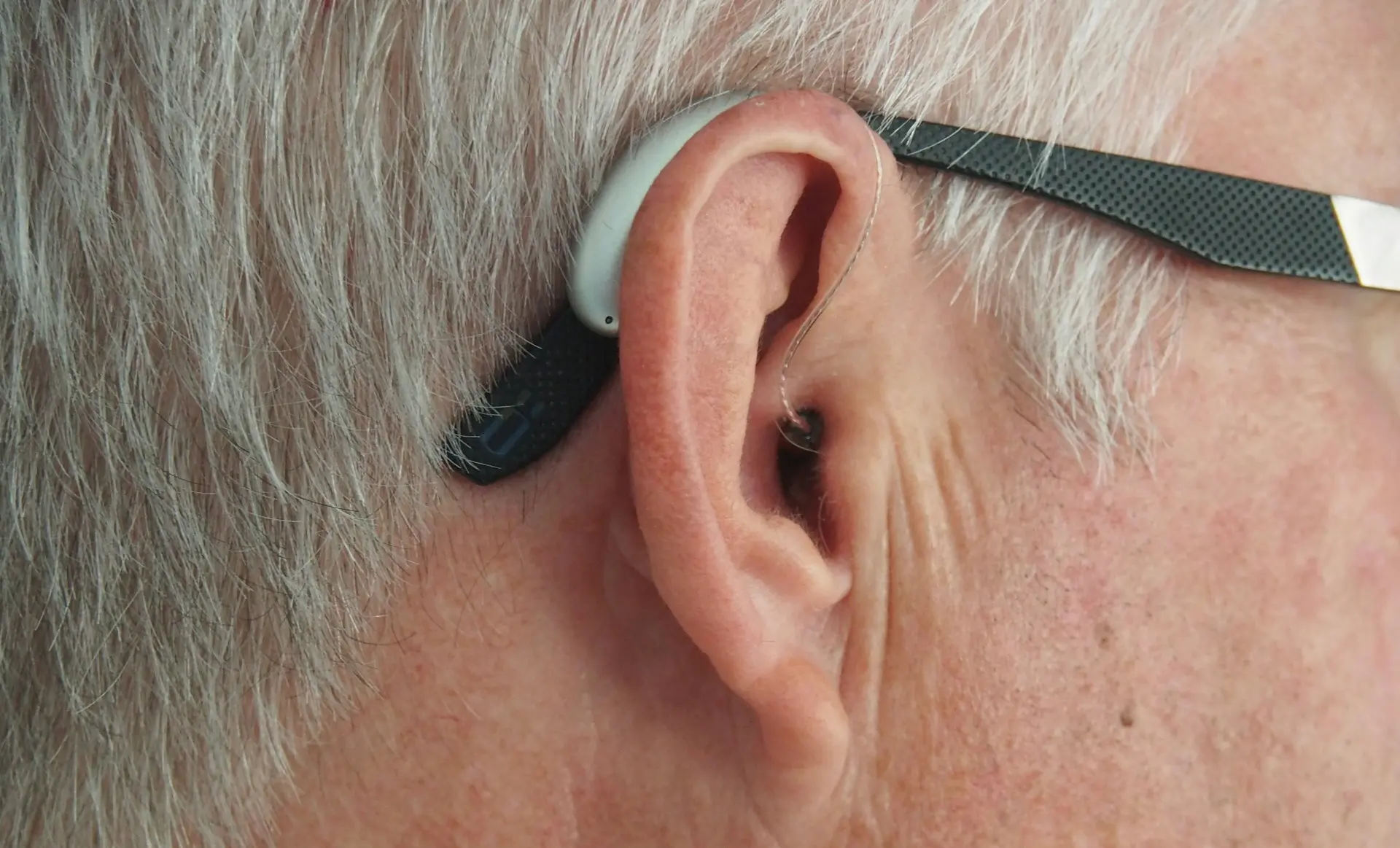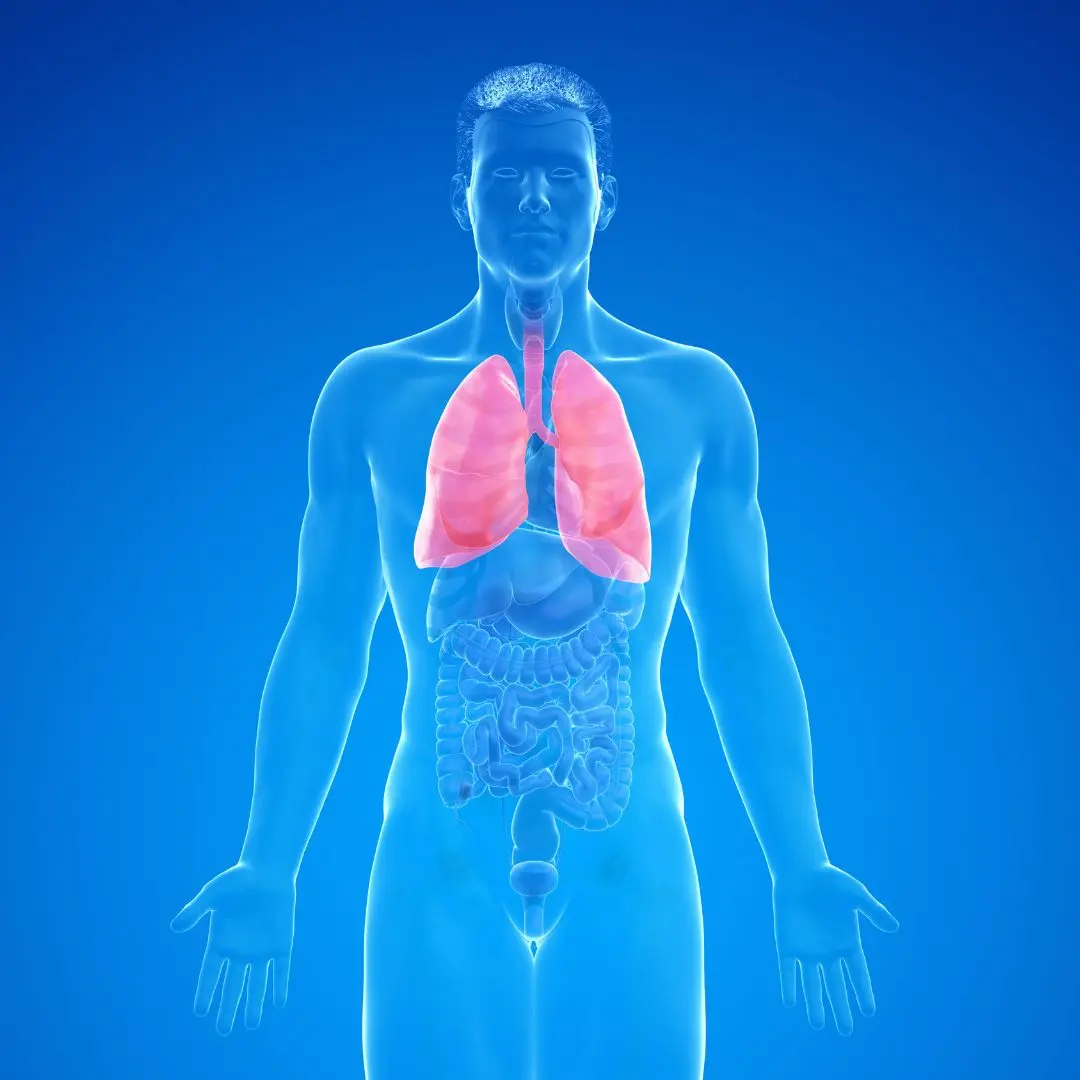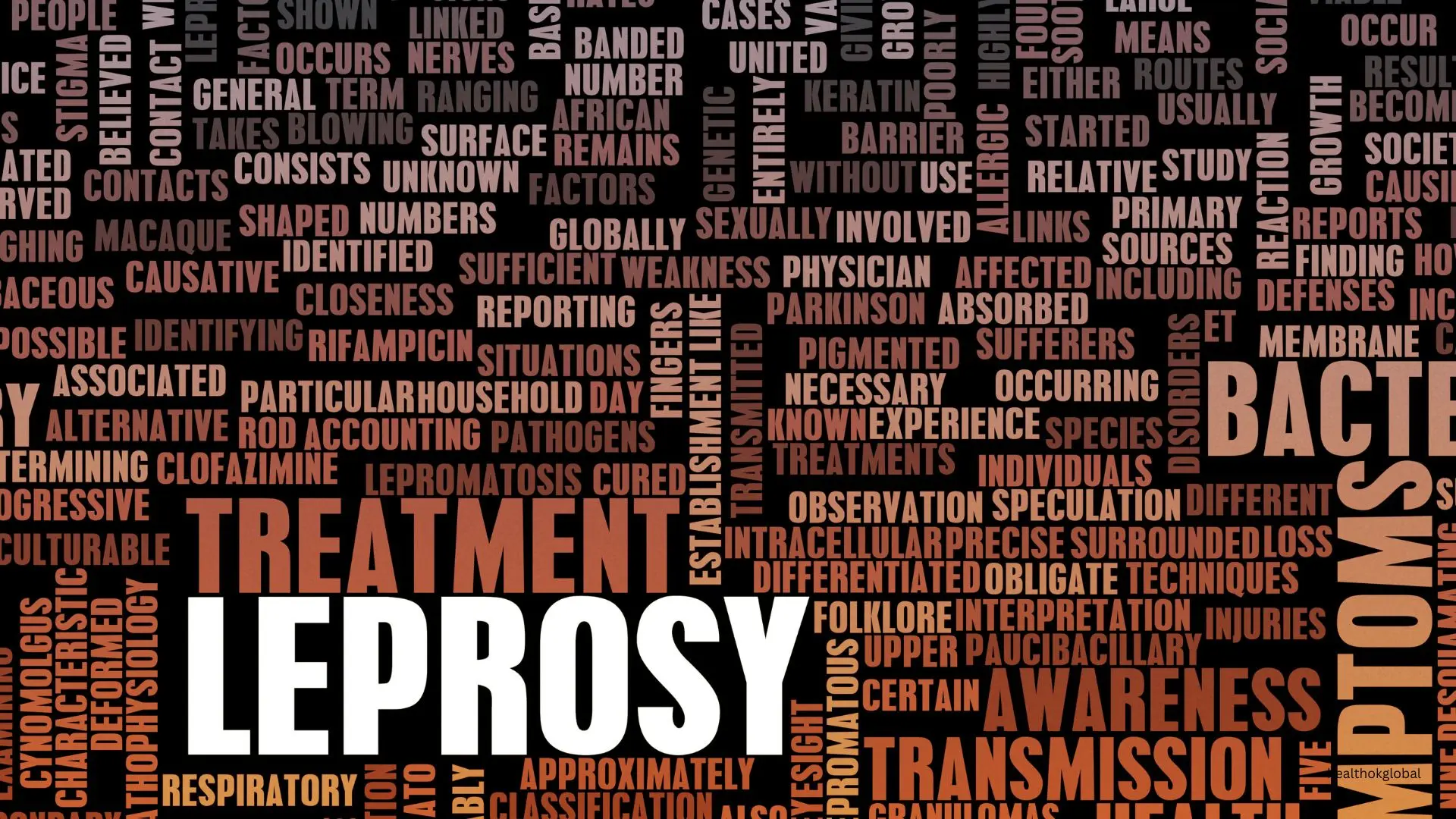Cervical cancer is a significant health concern worldwide, with a complex pathophysiology involving various genetic, environmental, and viral factors.

Blog
Exploring the Pathophysiology of Cervical Cancer
Cervical cancer is a significant health concern worldwide, with a complex pathophysiology involving various genetic, environmental, and viral factors. Understanding the underlying mechanisms of cervical cancer development is crucial for early detection, diagnosis, and treatment. Let's delve into the pathophysiology of cervical cancer to gain insights into its causes and progression.
The primary cause of cervical cancer is infection with high-risk strains of the human papillomavirus (HPV), particularly HPV types 16 and 18. HPV is a sexually transmitted infection transmitted through skin-to-skin contact, with genital HPV infection being the most common route of transmission.
Upon infection, HPV integrates its genetic material into the host cell's DNA, leading to the expression of viral oncogenes E6 and E7. These oncogenes disrupt normal cell cycle regulation and promote cellular proliferation, leading to the transformation of normal cervical cells into cancerous cells.
Persistent infection with high-risk HPV strains can lead to the development of precancerous lesions, known as cervical intraepithelial neoplasia (CIN) or dysplasia. These lesions represent abnormal changes in cervical cells and serve as precursors to invasive cervical cancer if left untreated.
Over time, precancerous lesions may progress to invasive cervical cancer, characterized by the infiltration of cancerous cells into the surrounding tissues. The transition from precancerous lesions to invasive cancer involves the accumulation of additional genetic mutations and alterations, leading to uncontrolled cell growth and tumor formation.
Genetic factors play a role in determining an individual's susceptibility to HPV infection and the development of cervical cancer. Certain genetic variations may influence immune responses, viral clearance, and the risk of cervical cancer progression.
Environmental factors such as smoking, multiple sexual partners, early age at first intercourse, and immunosuppression can increase the risk of HPV infection and cervical cancer development. These factors may interact with HPV infection to promote carcinogenesis and disease progression.
HPV has developed mechanisms to evade the host immune response, allowing it to persist within the cervical epithelium and promote oncogenic transformation. Immune evasion strategies employed by HPV include inhibition of antiviral immune responses and modulation of immune cell function.
The tumor microenvironment plays a crucial role in cervical cancer progression, influencing tumor growth, invasion, and metastasis. Immune cells, cytokines, growth factors, and extracellular matrix components within the tumor microenvironment interact dynamically to promote tumor cell survival and proliferation.
The pathophysiology of cervical cancer is multifactorial, involving complex interactions between viral, host, and environmental factors. Understanding the molecular mechanisms underlying cervical cancer development and progression is essential for the development of targeted prevention strategies, early detection methods, and effective treatment modalities. By elucidating the intricate pathways involved in cervical carcinogenesis, researchers can continue to advance our knowledge of this disease and improve clinical outcomes for individuals affected by cervical cancer.
The primary cause of cervical cancer is infection with high-risk strains of the human papillomavirus (HPV), particularly HPV types 16 and 18. HPV is a sexually transmitted infection transmitted through skin-to-skin contact, with genital HPV infection being the most common route of transmission.
Persistent infection with high-risk HPV strains can lead to the development of precancerous lesions, known as cervical intraepithelial neoplasia (CIN) or dysplasia. These lesions represent abnormal changes in cervical cells and serve as precursors to invasive cervical cancer if left untreated.
The pathophysiology of cervical cancer is multifactorial, involving complex interactions between viral, host, and environmental factors. Understanding the molecular mechanisms underlying cervical cancer development and progression is essential for the development of targeted prevention strategies, early detection methods, and effective treatment modalities. By elucidating the intricate pathways involved in cervical carcinogenesis, researchers can continue to advance our knowledge of this disease and improve clinical outcomes for individuals affected by cervical cancer.
Need Personalized Health Guidance?
Get expert advice tailored to your specific health needs from our qualified healthcare professionals.
